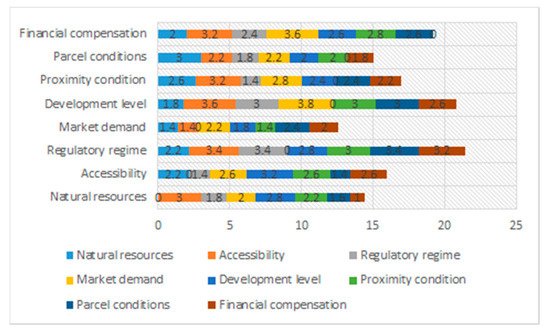In response to the UN Earth Summit of 1992, the National Council for Sustainable Development (NCSD) was established in August 1997. The NCSD, which is convened by the premier, consists of seven working groups and two task forces. NCSD has completed several important documents on Taiwan’s sustainable development, including Taiwan’s Agenda 21, the Taiwan Sustainable Development Indicator System, National Sustainable Development Policy Guidelines, Taiwan’s Declaration on Sustainable Development and the Sustainable Development Action Plans. These documents are working guidelines for the government and the public to promote sustainable development and review the related progress [
19].
In this regard, the United Nations has proposed 17 core goals as Sustainable Development Goals (SDGs) to be pursued and promoted by governments (see
Figure 1). Aimed at sustainable development, in 2017 and 2018, Taiwan held the second-stage citizen forum. Through this public policy network participation platform, with 2020 as the time point, Taiwan’s specific SDG goals and corresponding guidelines were proposed. According to the six transformation actions proposed by TWI2050, Taiwan’s sustainable development goals have been revised repeatedly [
20]. In the end, various ministries will integrate international trends, domestic needs, expert suggestions, and citizen opinions, and confirm and put forward 18 core goals, 143 specific goals, and corresponding indicators [
21]. These mainly include climate change, population aging, infectious diseases, energy stability and security, wealth gap, economic growth and employment, etc. [
22]. In 2018, “Transformations to Achieve the SDGs” pointed out that the key in implementing sustainable development goals lies in the following six transformation actions [
23]. In 2018, the first report by TWI2050 on “Transformations to Achieve the Sustainable Development Goals” identified six exemplary transformations required to achieve the SDGs and long-term sustainability by 2050 and beyond: (i) Human capacity, demography, and health; (ii) Consumption and production; (iii) Decarbonization and energy, (iv) Food, biosphere, and water; (v) Smart cities; and (vi) Digital revolution. The overarching strategy is to strengthen the five key aspects of the transition to sustainable development, i.e., systems, society, nature, human resources, and manufacturing.
Taiwan science parks in general, and the CTSP in particular, have been an integral part of the sustainability policies of the government. Therefore, the 17 core goals proposed by the United Nations Sustainable Development Goals (SDGs) are analyzed and discussed to evaluate the sustainable development and transformation achieved by the science parks [
24].
4. Conclusions
The figure obtained through the survey shows that the regulatory regime is the most important factor influencing the science parks. There is no support from the state and therefore the development of the science park is not running smoothly.
Democratization has reduced national autonomy. However, from the analysis of the CTSP case, people’s requirements and demands for environmental and transparency issues are gradually increasing. Taking the developmental state model in the CTSP as an example, it was found that public administration has an influential effect on sustainable development.
Its export value and employment population were released in 2019; the science park is still in the growth stage of development, but CTSP has leaped out of the “global network economy”, “spatial repair of global capital”, and the other science parks. The main reason for the discussion of the “regional relevance of corporate geographic expansion” lies in the fact that local forces influence the development of the park. It is not a capitalist market type, but a state-oriented model with a strong state and society.
For the science parks, the success of the development is not plainly defined as economic growth, but in allowing human development to be sustainable. On the one hand, the technical bureaucracy and organizational capabilities of the science park are still the foundation for its success. On the other hand, the local chiefs fought for the establishment of science parks for elections to improve local infrastructure and make the science parks a form of institutionalizing cluster governance in Taiwan. However, since 2008, the CTSP has been facing the difficulties of recent development struggles. Based on the development history of the CTSP and interview data, this study believes that the structure of Taiwan’s developmental state is still there, not as a factor of capitalist development, but the government’s role has changed from leading the state to inducing it. On the contrary, they have adapted and developed, and still assume the social mission role of “market guidance”, far beyond the scope of neoliberalism.
It is concluded that although the state still maintains the structure of economic development in the CTSP, it will gradually give priority to social and environmental factors. Therefore, recently science parks have been given sustainable environmental governance to bring a positive impact on people’s lives. From the analysis of the root causes of conflicts, it can be concluded that state economic development is restricted by social pressure, in response to which the industrial development strategy adopted by the science park is to gradually adjust to “combine production, innovation, R&D, and cross-border exchanges, and other multi-functional science parks to drive regional economic development”. The government uses sustainability in new science parks as the core value of a policy that seeks relatively stable economic development.

